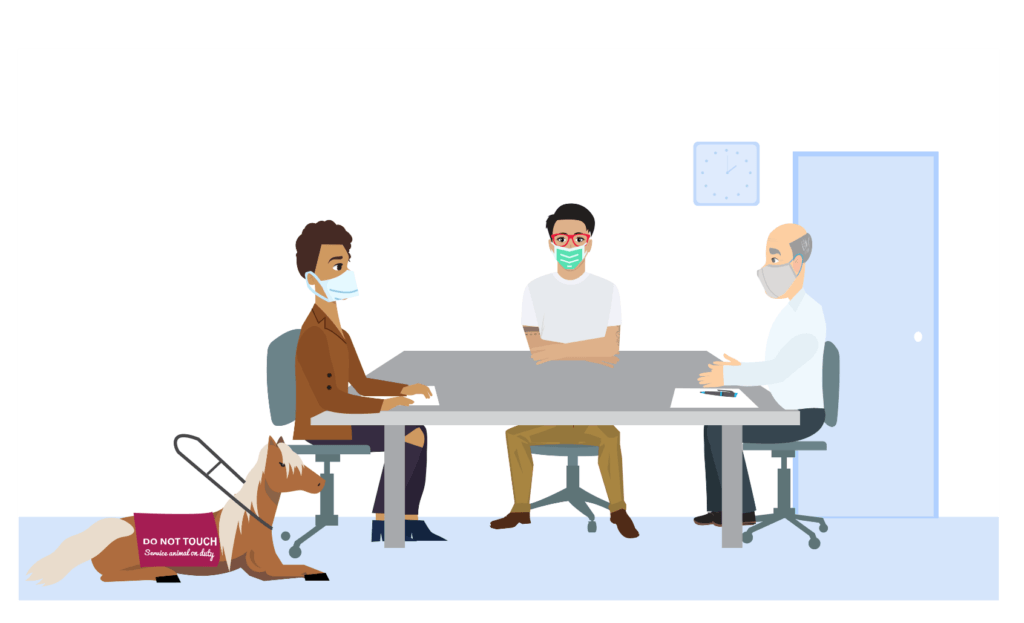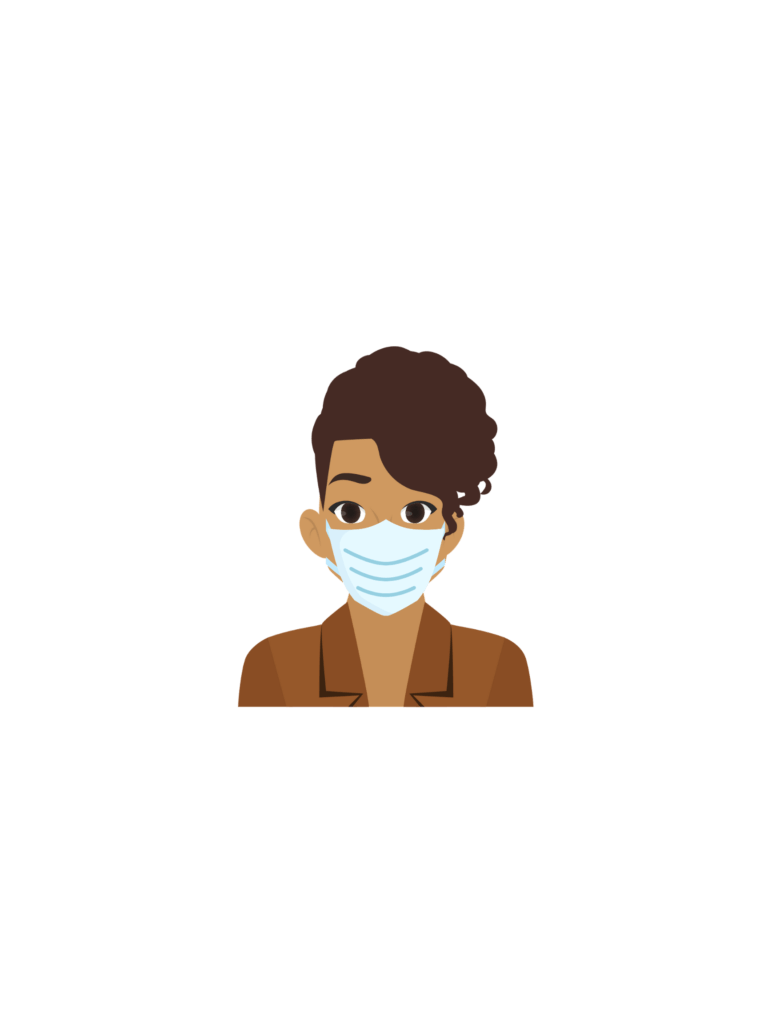Accessible Communication _review


PJ: Terrye, we’ve talked about respectful communication. We’ve talked about bias in conversation and policies. Communication also needs to be accessible. “Accessible” means that everyone can receive and understand messages. In emergency planning, message like warnings and alerts, instructions, education materials, and signage posted in an emergency dispensing site, must be accessible.
Accessible communication isn’t just for people with disabilities. Accessible messages help everyone better understand information. Accessible communications will be easier for people with limited English literacy to understand as well. This kind of communication is 4ALL.

Carrie: And communication is crucial in emergency planning. Emergency managers tell us that even though communication is important, it’s usually the first system that breaks down when disaster strikes. That’s why we must plan ahead.
Communications should also be actionable. People need to understand and then take the right steps. Actionable communication spells out what to do. If someone can’t hear or understand an evacuation warning, they won’t evacuate. If someone needs an accessible building entrance to get to an emergency planning meeting and there is no sign for it, then they may be late or just give up and go home.
? Terrye, which message below is actionable?
On a handout: “Be prepared”
This is not actionable.
On a street sign: “Hurricane route”
Yes, this is actionable. The street sign tells you to stay on that road if you’re evacuating from a hurricane and you can take action to do that.
On TV: “The emergency shelter is at 45 Elm St. The accessible entrance is around the corner at 54 Oak St.”
Yes, this is actionable. When a wheelchair user arrives at the emergency shelter they’ll know how to enter the building.
On the radio: “This is a hurricane warning.”
This is not actionable.
Communications can be tailored to different access needs.
?Look at this list of communication access needs and possible communication access solutions.
| Condition/Disability Type | Communication Need | Communication Access Solution |
| Physical/mobility disabilities (may use a cane, walker, scooter, or wheelchair) | Communication about accessible spaces. | Written or verbal communication regarding physical access (noting accessible bathrooms and entrances). |
| Autism (range of neurological differences) | Limit loud or unexpected noises. Minimize routine interruption. Alternate communication methods. | Limit noise or move to quiet space for communication. Ask if a person is ready to talk. Plain language (simplified text) or pictures as needed. Sign language or augmentative communication devices. |
| Deaf/Hard of Hearing | Needs communication that doesn’t rely on sound. | Written communication, real-time captioning, and sign language. |
| Blind/Low Vision | Needs communication that doesn’t rely on sight. | Braille communication, auditory video, image description, or large print. |
| Cognitive disability (Traumatic Brain Injury, intellectual disability, learning disability) | Clear directions, visual contrast needed. | Use plain language (simplified text) and pictures. |

PJ: Emergency communications are planned in advance as much as possible. When disaster strikes, the community wants to be ready to quickly share information with its residents. Messages should also be tested with the intended audience. So native Spanish speakers should review Spanish language communications. People with disabilities should review messages intended for people with disabilities.

EM: That’s right, PJ. The other thing about accessible communication is: It’s the law! Under the Americans with Disabilities Act (ADA), people with disabilities have the right to accessible communication. It’s the local government’s job to make its communications accessible. so everyone can access them.
As you work with emergency managers and public health professionals, you may have to explain their ADA obligations. We’ll talk some more about that on another visit.

PJ: Terrye, local planners may ask for help to make communications more inclusive and understandable. Plain language is designed for as many people as possible to understand communications quickly and completely.
Plain language is useful for many people, especially people with cognitive or intellectual disabilities. It also helps people who have low literacy, are not native English speakers, or are unfamiliar with the content.
Plain language tips:
Click the quiz link below to check your learning and continue.
